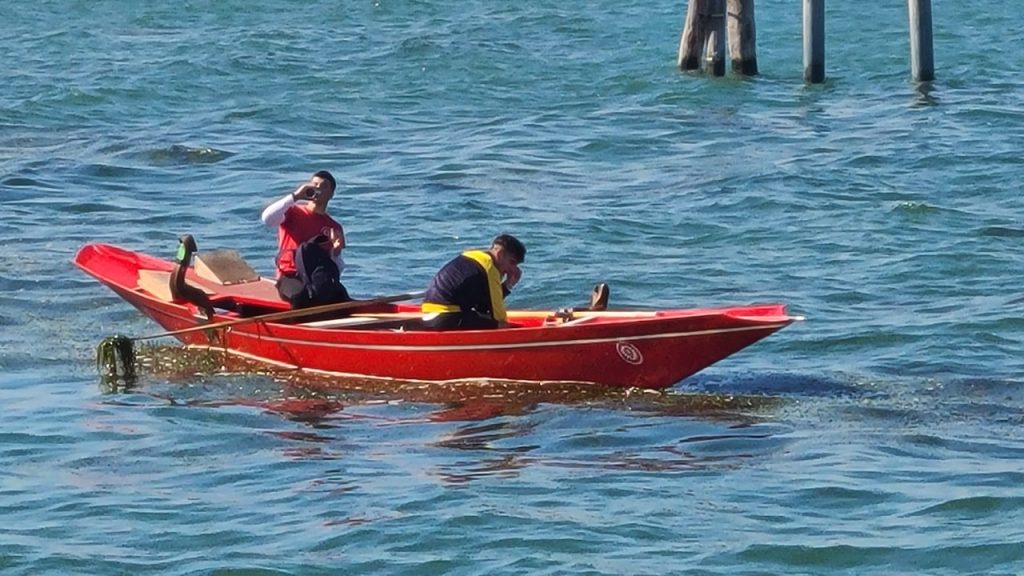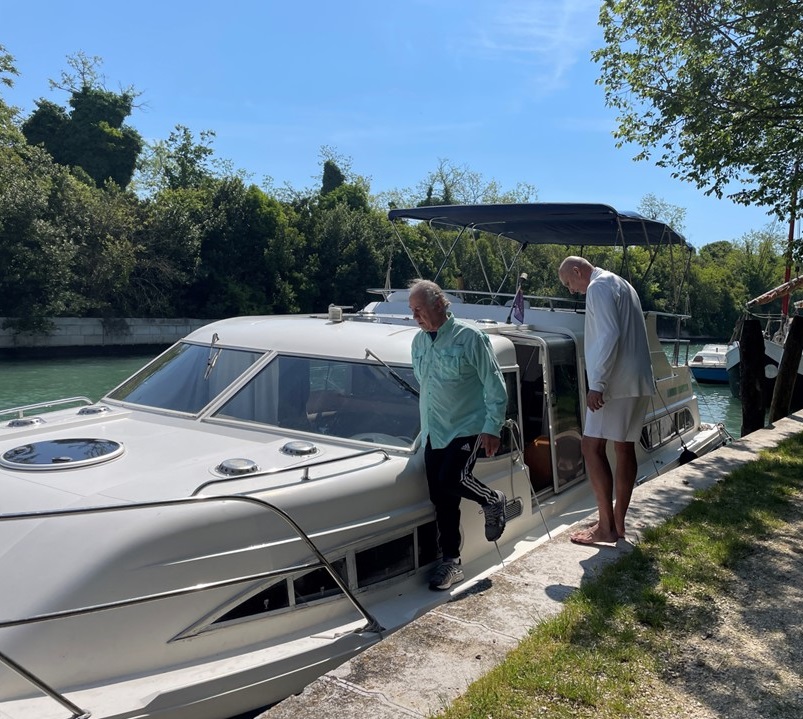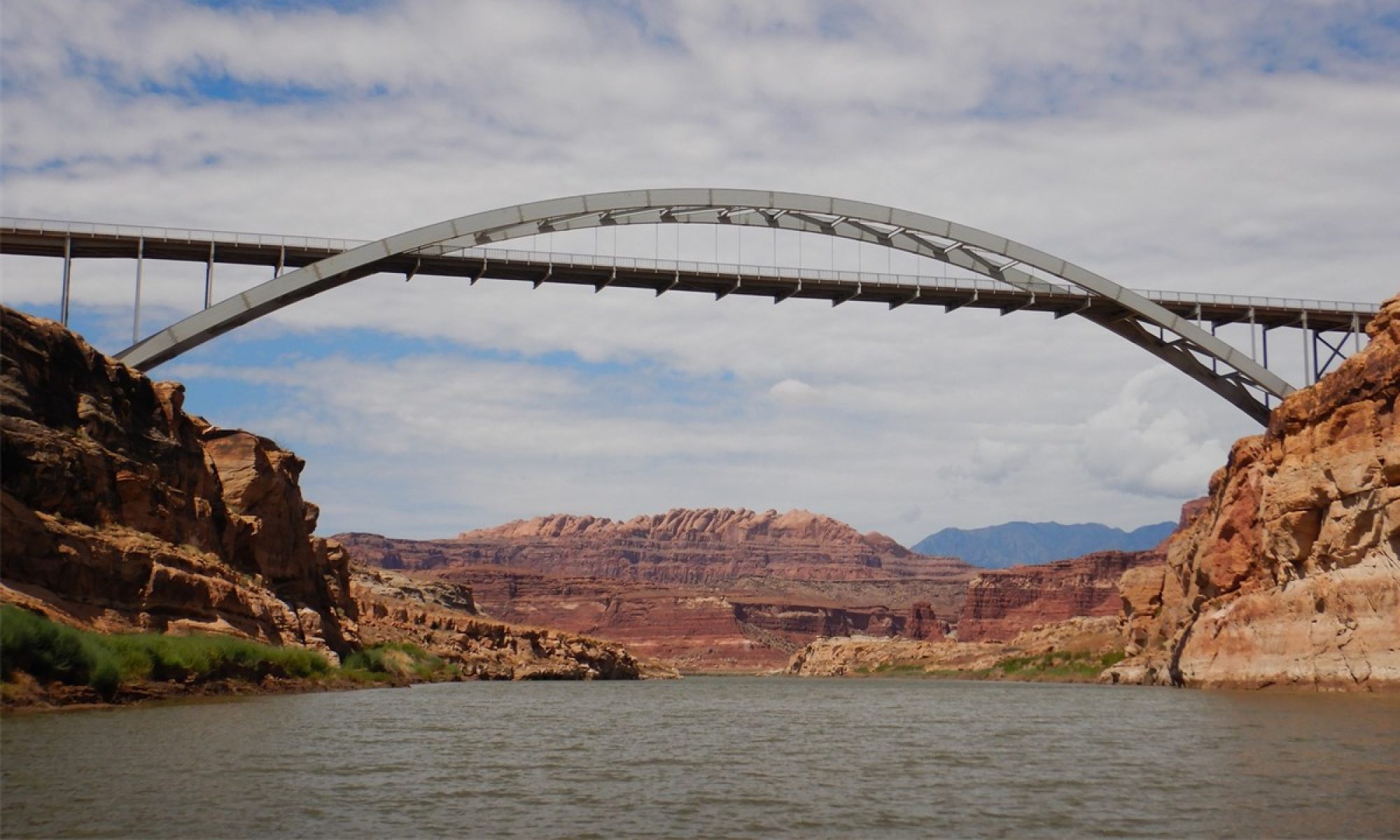Part 1: Chioggia to Le Vignole
We last explored Venice ~25-years ago, and although the town was magical, the canals were fouled, the piazzas were filled with pigeons, and the crowds of people were suffocating. Since then, we have spent a good bit of our holiday time exploring places on the water that are accessible by chartering sailboats, and these adventures have taken us around the world. However, there are interesting places along riverways that are too difficult to visit via sailboat. Therefore, when our friends pointed out that there were now houseboats available for charter in Europe, so that one can explore the riverways and coastal lagoons, we decided to “test the waters” and charter a houseboat to explore the Venice Lagoon.
The Venetian Lagoon, Laguna di Venezia; is a shallow bay of the Adriatic Sea in the north of Italy, in which a number of islands are located, including the city of Venice. The Lagoon reaches from the River Sile in the north to the Brenta River in the south. It is only ~8% land, 11% open water and dredged canals, with ~80% of the area covered by mud flats, tidal shallows, and salt marshes. The Lagoon is connected to the Adriatic Sea by three inlets: at Lido to the north, Malamocco centrally, and Chioggia in the south. The Lagoon is subject to large tidal variations (~1-meter) with extreme tides common in the Spring season.

We would fly into Marco Polo Airport located just north of Venice on the mainland, and then travel via chartered car to the southern extent of the Lagoon to the city of Chioggia, (pronounced “Chioggia”), where our charter would begin. The town of Chioggia is important and is known for its harbor, fishing, salt pans, fruit and vegetable crops and its cuisine. Chioggia is often called “Little Venice” because of its alleys, squares, palaces, and canals. The most important canal is the Vena Canal, which is crossed by nine bridges, and is guarded by the Vigo Bridge that separates the lagoon from the Piazza Vigo, where the town’s landmark, the San Marco Lion is located. Chioggia has a long and exciting founding and history, as its seafood resources and salt pans were fought over and historically generated great wealth. During World War II, the town was saved from Allied bombing when a revolt by the locals drove the German occupying forces to surrender.
We arrived on Thursday, May 2nd, in preparation to pick-up our charter boat the next day, and stayed in a hotel in Sottomarina, a short walk from the beach located on the most eastern extent of the barrier island that protects the lagoon and stretches north to the first inlet. The area is clearly a summer resort town that is just gearing up for their busy season. We checked-in to our hotel, were greeted with cappuccinos & Prosecco, and then explored the area locating grocery stores, the boat charter offices, and houseboat itself. We then returned to the Sottomarina area and stopped at a local pizzeria for a beer and homemade “spicy salami & sausage pizza” cooked on massive sheet pan with 8 other orders and then our part cut for us. That night, we returned to the hotel and visited the rooftop for a view of the city at night where we enjoyed a glass of wine while watching the ships that move along the coast in the Adriatic.


On Friday, we enjoyed a beautiful, classic, Italian breakfast buffet at the hotel before checking-in at the Boat Charter Office and finalizing our charter details. We then checked-out of the hotel, dropped our luggage at the boat office, and proceeded to explore the town of Chioggia. After lunch at San Marco’s, we explored the “old town”, the wharfs, the stores, and the fish market until 3pm when we gathered our belongings and boarded the houseboat for our official briefing and check-out. After a review of the boat’s systems and a short check-out trip out to the Chioggia Harbor entrance and back, we unpacked; gathered minimal supplies at the grocery stores, and returned to old town Chioggia for dinner. After dinner, it was back to the boat for drinks and preparing for our shipmate, Peter, who had been delayed via airline issues, but who arrived at 12:30am.
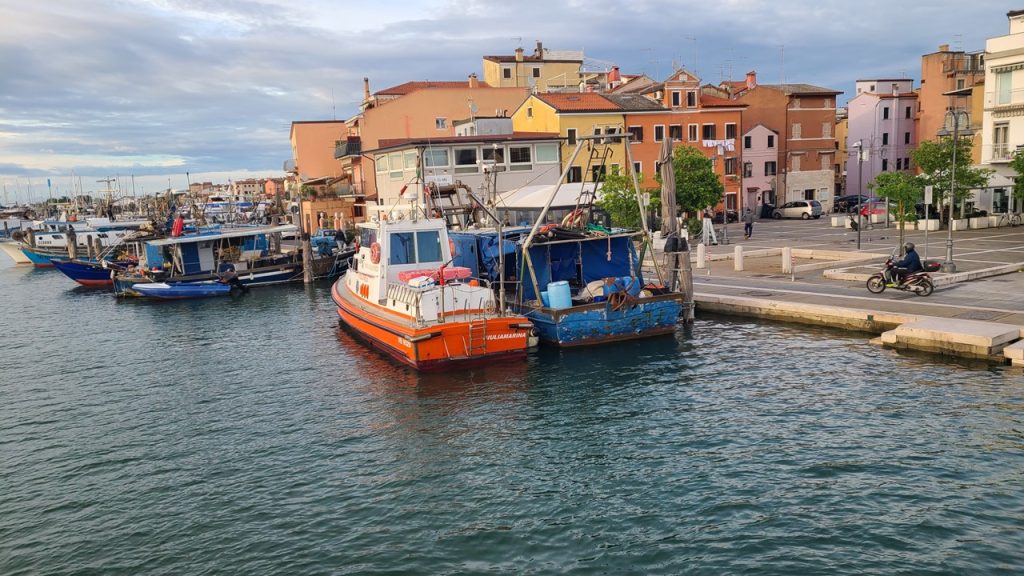
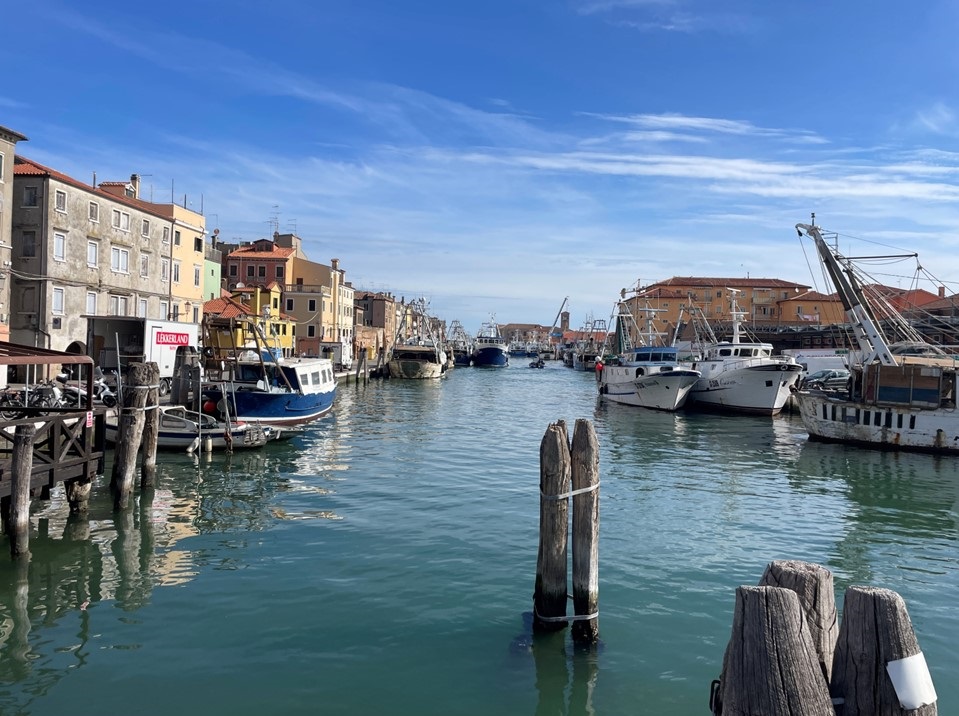

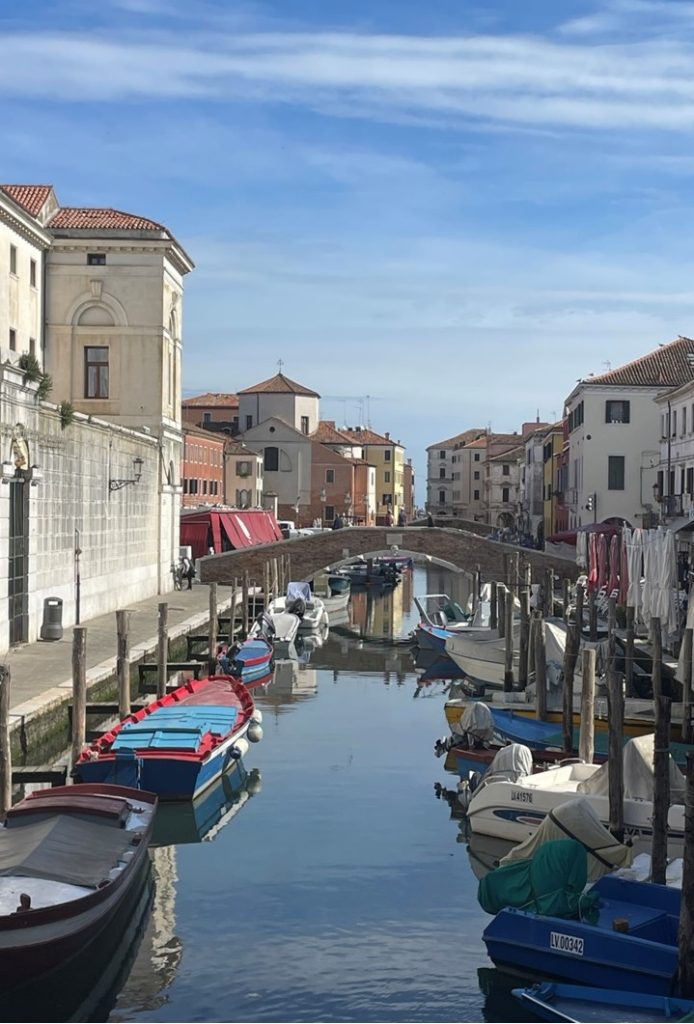
Peter was originally scheduled to come with his wife, but an untimely accident and leg injury prevented her from accompanying him on the trip. However, we all viewed this as a “check-out” trip to evaluate potential houseboat charters in Europe in the future and he wanted to evaluate the experience firsthand.

Saturday morning, we enjoyed coffee and croissants onshore and, after a brief tour of the beach and Sottomarina, we embarked toward Venice. In order to navigate the shallows of the Venice Lagoon, we pay close attention to the bricola that are located every 100-300ft apart from each other. A bricole is a group of three wooden poles that are in the water of the lagoon and the canals. The three pole make a sort of triangular pyramid with one taller pole that has white reflectors on one side. The bricola indicate to boats the limits of the navigable channel, so that the boats do not end up in shallow water and run aground. The white reflectors face the deeper waters indicating which side of them to stay on. Today there are over 90.000 of these bricola, which are principally made up of oak posts that must be replaced every 5-10 years. Single poles in the lagoon which are often colored at the top or marked, are called paline and these poles can be used for docking one’s boat to.
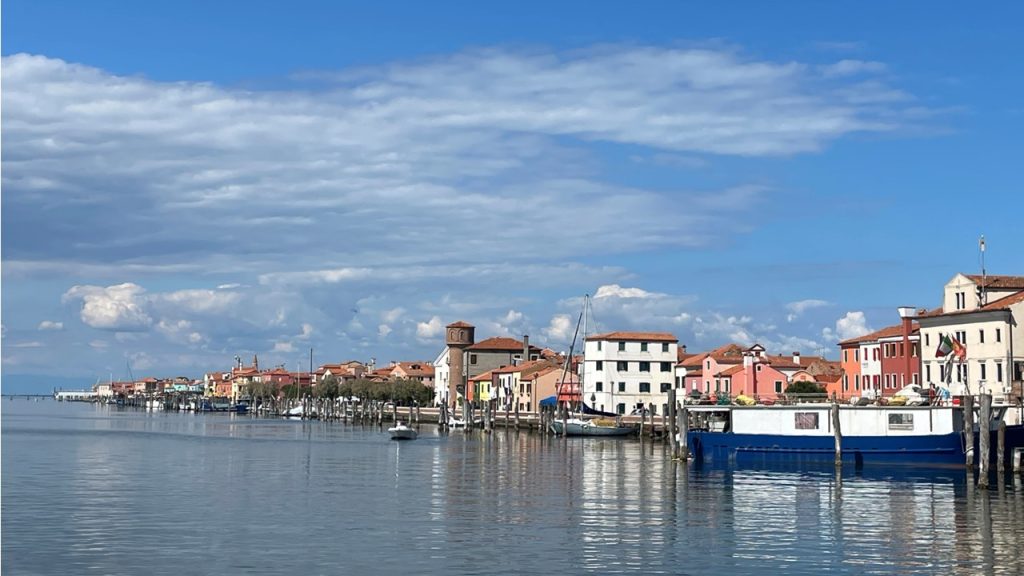

After a few hours of motoring, we docked at a paline in Pellestrina for lunch (bricole #139) at restaurant Del Celeste on the Lido di Venezia, which is a narrow 12 km long island between the lagoon and the Mediterranean Sea (connected to Pellestrina), and which is only connected to the city and the mainland exclusively by boats and ferries. We dined on mussels, shrimp, and crabs before walking north towards the inlet at Malamocco and then stopping at a fine little establishment called Osteria Del Mare for gin & tonics, made with local “Ginurue” gin. After returning to the boat, we motored to bricole #7, just past Malamocco, and tied up to the bulkhead for the night. In the small village at Malamocco, we dined at Travitta Scarso, where we had a dinner of rigatoni’s, mussels, cheese, and wine sitting on the local piazza. Then it was back on to the boat for more wine and a good game of cards.
On Sunday, we had breakfast onboard before heading back to town for a leisurely cappuccino and then disembarking towards Venice. We passed various islands: lsle Poveglia – currently undergong renovations; Isle Spirito – the last undeveloped isle in the lagoon, (last for sale in 2011 for 38M$); and Isle Clemente – now the San Clemente Palace Hotel by Kempinski; and Isle Sacco Sessioli – a man-made island built in 1870 and now a Marriott Hotel Resort. Then, we continued on to our destination at the island of Le Vignole.
